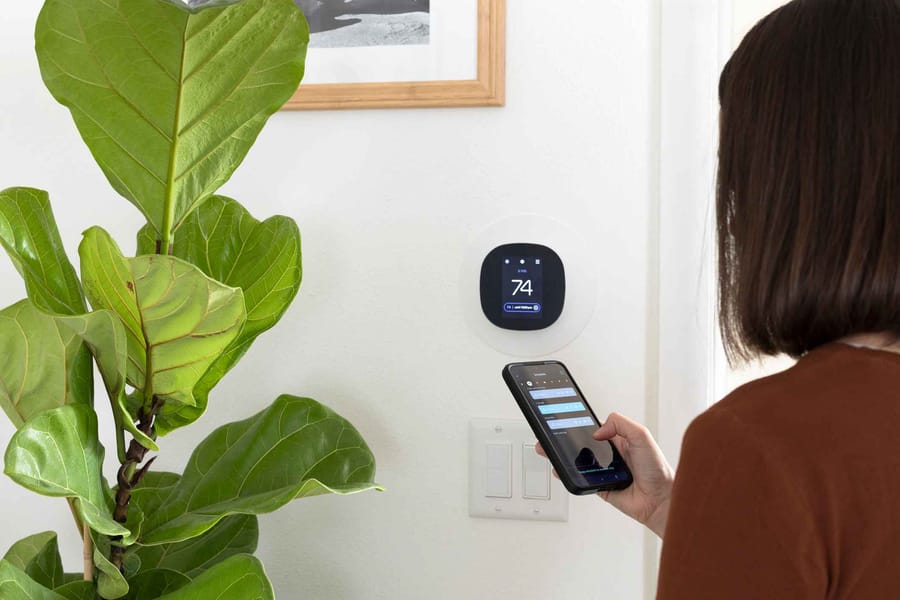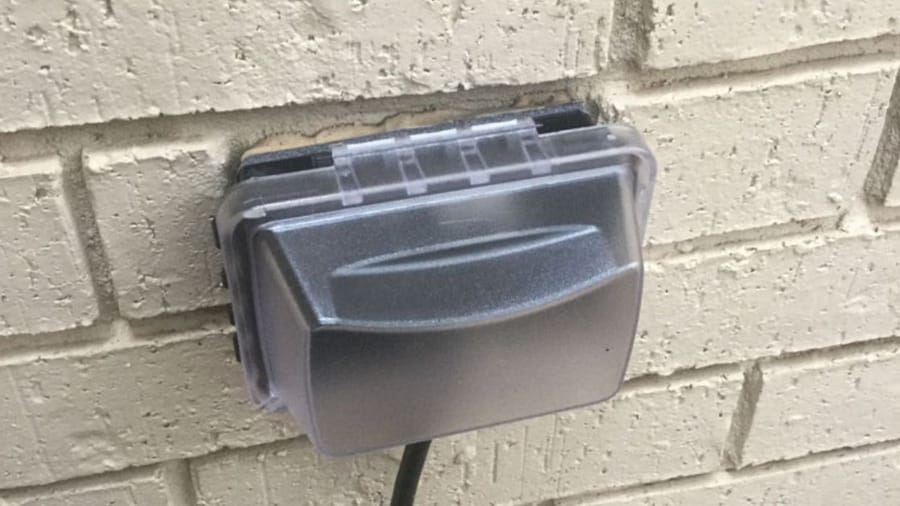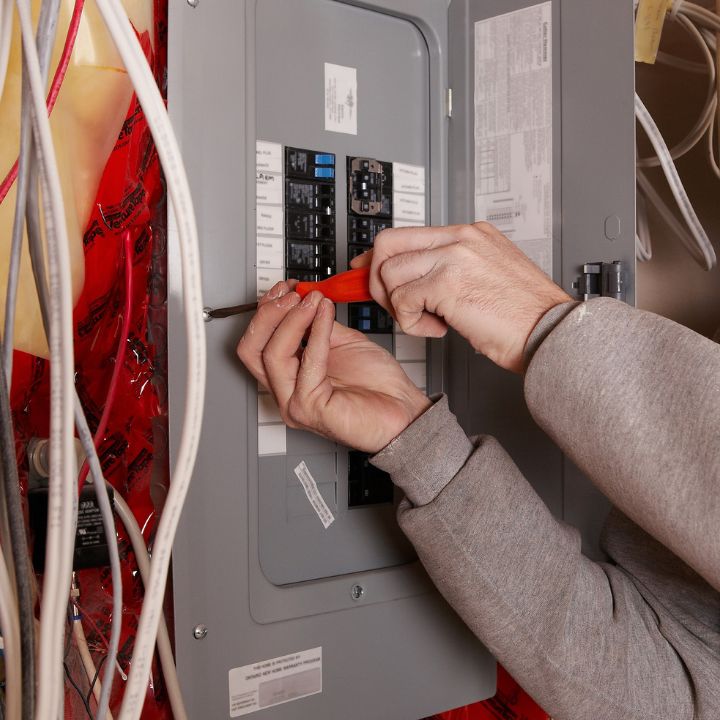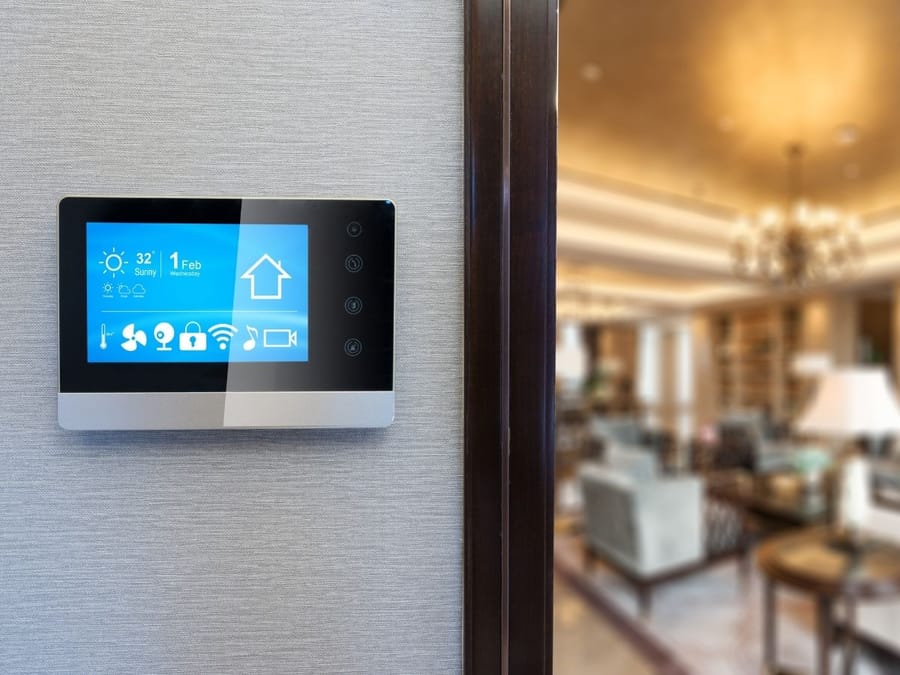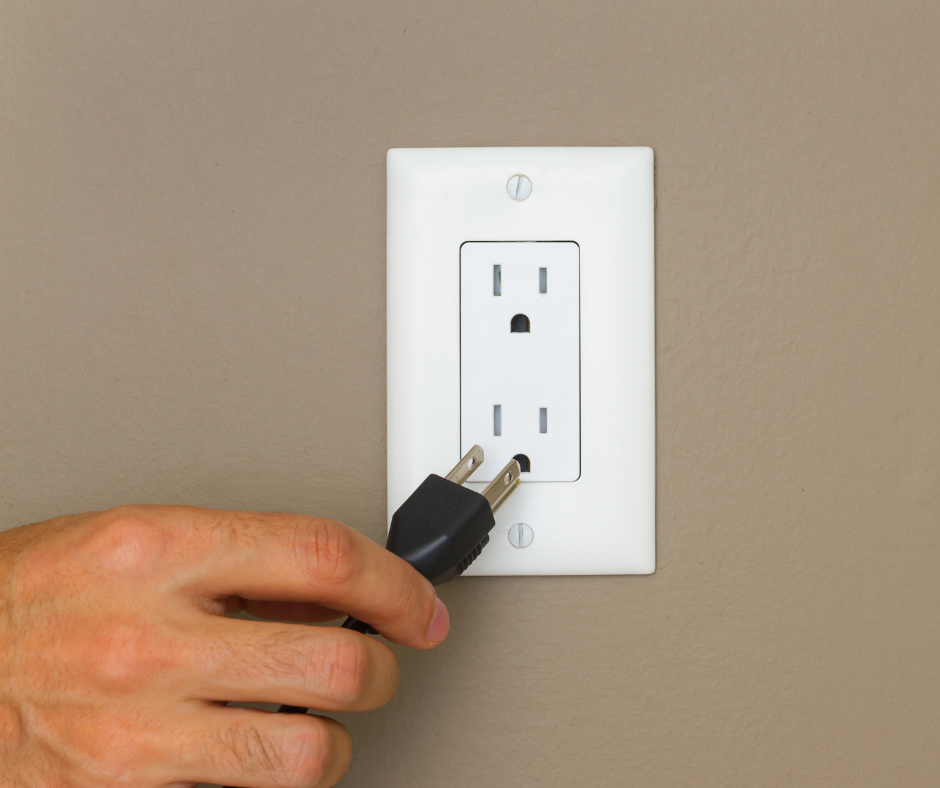Google Rating
Why Are My Lights Flickering?

There’s nothing more distracting—or concerning—than lights that won’t stop flickering. While it might seem like a small issue at first, flickering lights can point to much larger electrical problems inside your home. If left unresolved, what starts as a nuisance could lead to damaged appliances, electrical failures, or even fire hazards. It’s a warning sign many homeowners overlook, but it’s one that should never be ignored.
Whether it’s a single flickering bulb or several lights dimming across multiple rooms, understanding what’s behind the problem is key. From loose connections to voltage issues, there are several possible culprits. In this blog, we’ll explore the most common causes of flickering lights, how to troubleshoot safely, and when to bring in a professional.
What Causes Lights to Flicker and Why It Matters
When your lights flicker, it usually means there’s an interruption or fluctuation in your home’s electrical current. This disruption might last only a second—or it could persist long enough to become a daily annoyance. But even if the flickering seems harmless, it could be your electrical system trying to tell you something important.
Some causes are simple, like a loose bulb or a worn-out switch. Others, however, could be signs of serious issues, such as overloaded circuits or faulty wiring hidden behind your walls. In these cases, flickering isn’t just a cosmetic issue—it’s a potential safety concern that can lead to overheating, power surges, or even electrical fires.
Light flickering is especially common in older homes or homes with outdated electrical panels. If ignored, it can put unnecessary strain on your appliances, raise your energy bills, and pose long-term risks to your safety and your property. That’s why understanding what’s behind flickering lights—and addressing it quickly—is so important.
Signs of Flickering Lights and Common Electrical Causes
Not all flickering is created equal. Some issues are isolated to a single bulb or fixture, while others may be signs of larger electrical problems. Understanding the patterns and potential causes can help you take the right steps before the issue gets worse.
Common Signs That Your Lights Are Flickering
Here are some of the most noticeable signs that flickering is more than a fluke:
- Lights flicker when appliances turn on – High-demand appliances like HVAC units or microwaves may cause a temporary dip in voltage.
- Flickering in only one room – This might point to a localized wiring or switch issue.
- Random or inconsistent flickering – Could indicate a loose connection or unstable circuit.
- Lights dim and brighten repeatedly – Often tied to fluctuating voltage or failing electrical components.
- Buzzing or humming sounds – Accompanying noises can signal a wiring problem or overloaded circuit.
Why Are My Lights Flickering?
There are several common reasons lights may flicker in your home, including:
- Loose lightbulbs – Sometimes the solution is as simple as tightening the bulb.
- Worn-out switches or dimmers – Older or incompatible switches can cause poor connection and flickering.
- Overloaded circuits – Using multiple devices on the same circuit can overload it and disrupt power flow.
- Fluctuating voltage – Unstable voltage levels can cause noticeable dimming or flashing.
- Outdated or damaged wiring – Especially in older homes, aging electrical systems can create unsafe conditions.
- Issues with the breaker panel or utility service – Larger-scale flickering might stem from your electrical panel or even the power company’s side of the connection.
Spotting these patterns early can help prevent dangerous situations down the road.
How to Fix Flickering Lights in Your Home
Flickering lights might seem harmless at first, but addressing them early can save you from major electrical issues later. While some causes are easy to troubleshoot on your own, others require a licensed electrician to resolve safely and thoroughly.
DIY Fixes for Flickering Lights
If the issue appears to be minor or limited to a single light fixture, try these safe troubleshooting tips:
- Tighten the bulb – Ensure the lightbulb is securely screwed in; loose bulbs often cause flickering.
- Replace the bulb – Swap in a new one to rule out any defects or burnout.
- Test another outlet or fixture – Plug the same lamp into a different outlet to see if the problem persists.
- Check dimmer compatibility – Make sure your bulbs and dimmer switches are compatible, especially if you’re using LEDs.
- Unplug high-demand appliances – Temporarily unplug items like space heaters or microwaves to see if flickering improves.
If flickering continues after these steps, it’s time to investigate deeper.
When to Call a Licensed Electrician
Flickering lights can be a warning sign of a more serious electrical problem. Don’t wait—contact a professional if you notice:
- Widespread flickering in multiple rooms
- Lights dimming when large appliances run
- Breaker trips that happen regularly
- Scorch marks, burning smells, or buzzing outlets
- Old or outdated wiring in your home
A licensed electrician from Pacific Electric can safely diagnose the issue, repair faulty components, and upgrade your system if needed to ensure consistent, safe power throughout your home.
How to Prevent Flickering Lights and Electrical Issues
Once you’ve resolved a flickering issue—or if you’re trying to avoid one altogether—there are a few smart habits and upgrades that can help maintain a safe, steady electrical flow throughout your home.
- Avoid overloading circuits – Spread out your use of high-wattage appliances across multiple outlets or circuits.
- Use compatible bulbs and dimmers – Always match your lightbulbs with the correct switch type to prevent performance issues.
- Replace old wiring – If your home is older, consider upgrading outdated wiring that may not handle modern power demands.
- Schedule annual electrical inspections – Regular professional checks can catch loose connections or worn components early.
- Install whole-home surge protection – This helps stabilize voltage and protect your entire system from power fluctuations.
- Upgrade your electrical panel if needed – Modern panels are more efficient and can support more appliances safely.
With these proactive steps, you can prevent flickering lights, improve energy efficiency, and reduce the risk of electrical hazards in your home.
Flickering Lights Aren’t Just Annoying—They’re a Warning Sign
Flickering lights might start off as a minor nuisance, but they’re often a sign that something’s not right in your home’s electrical system. Whether it’s a loose bulb, an overloaded circuit, or a deeper wiring issue, ignoring the problem can lead to bigger risks—like appliance damage, power loss, or even fire.
Fortunately, many flickering issues are easy to fix if caught early. But when the problem goes beyond a simple DIY solution, calling in a licensed electrician is the safest move you can make.
If your lights are flickering and you’re unsure why, don’t wait—contact Pacific Electric today. Our trusted team will inspect, diagnose, and fix the issue so you can enjoy a safe, well-lit home again.




